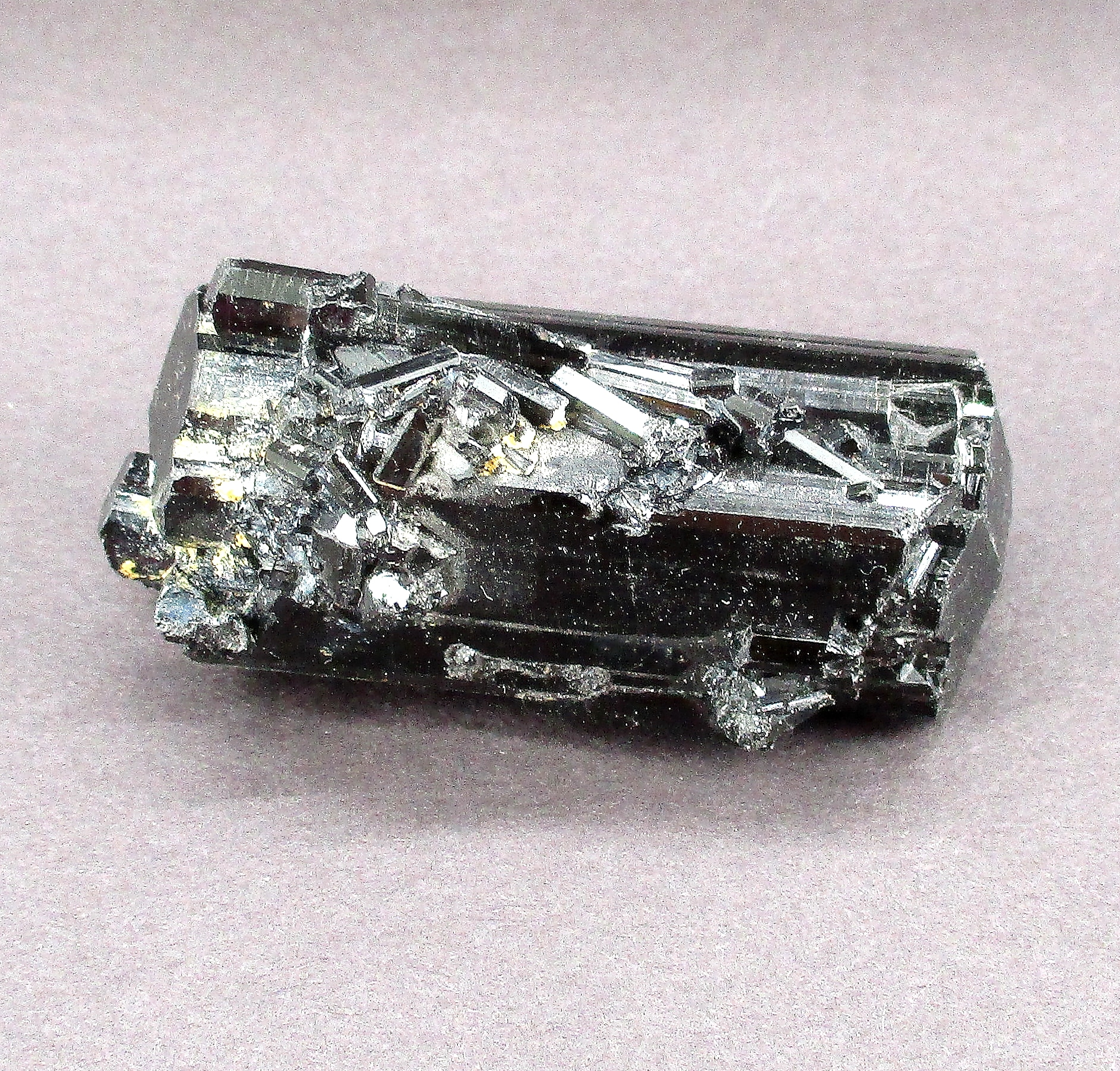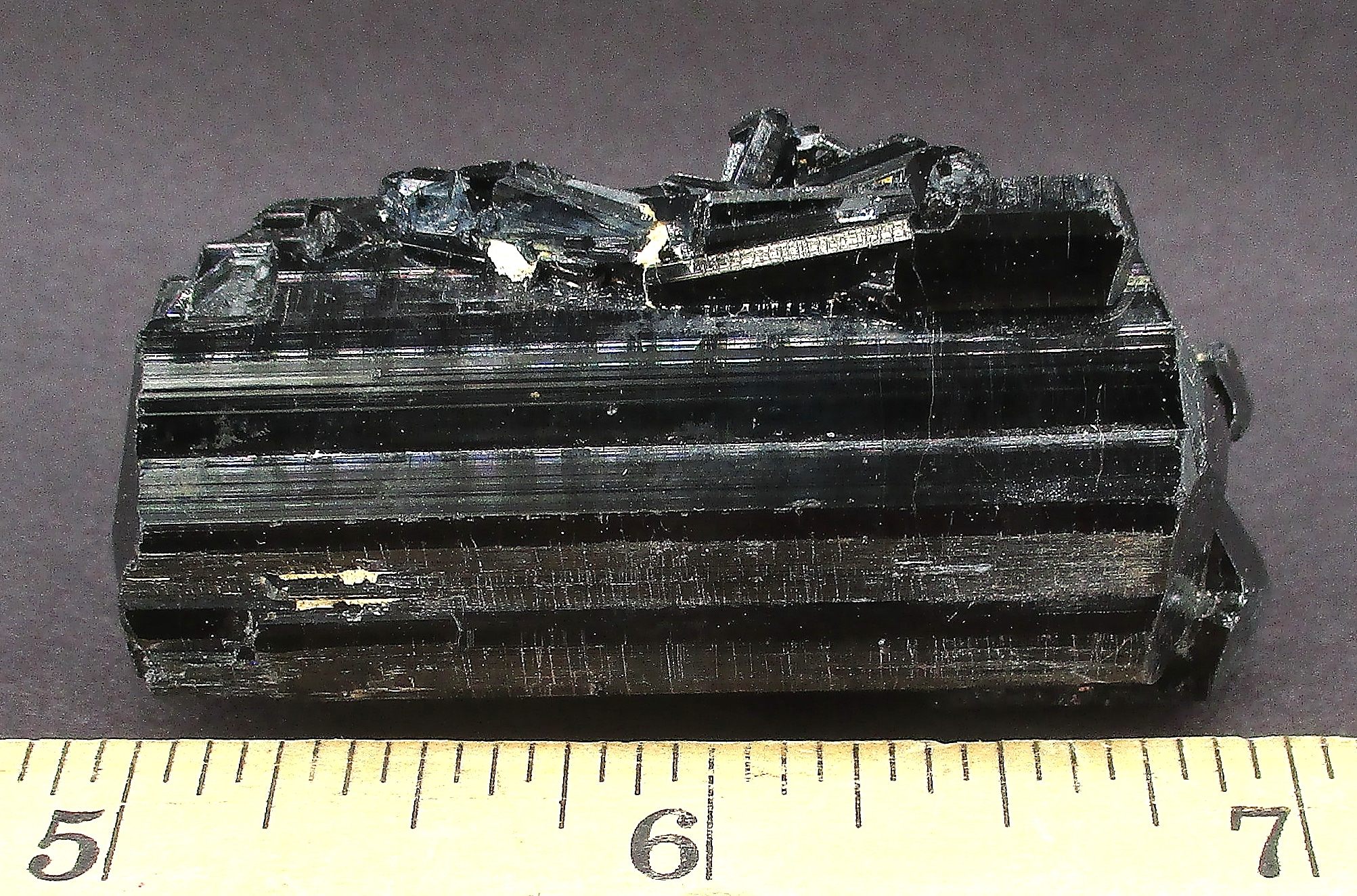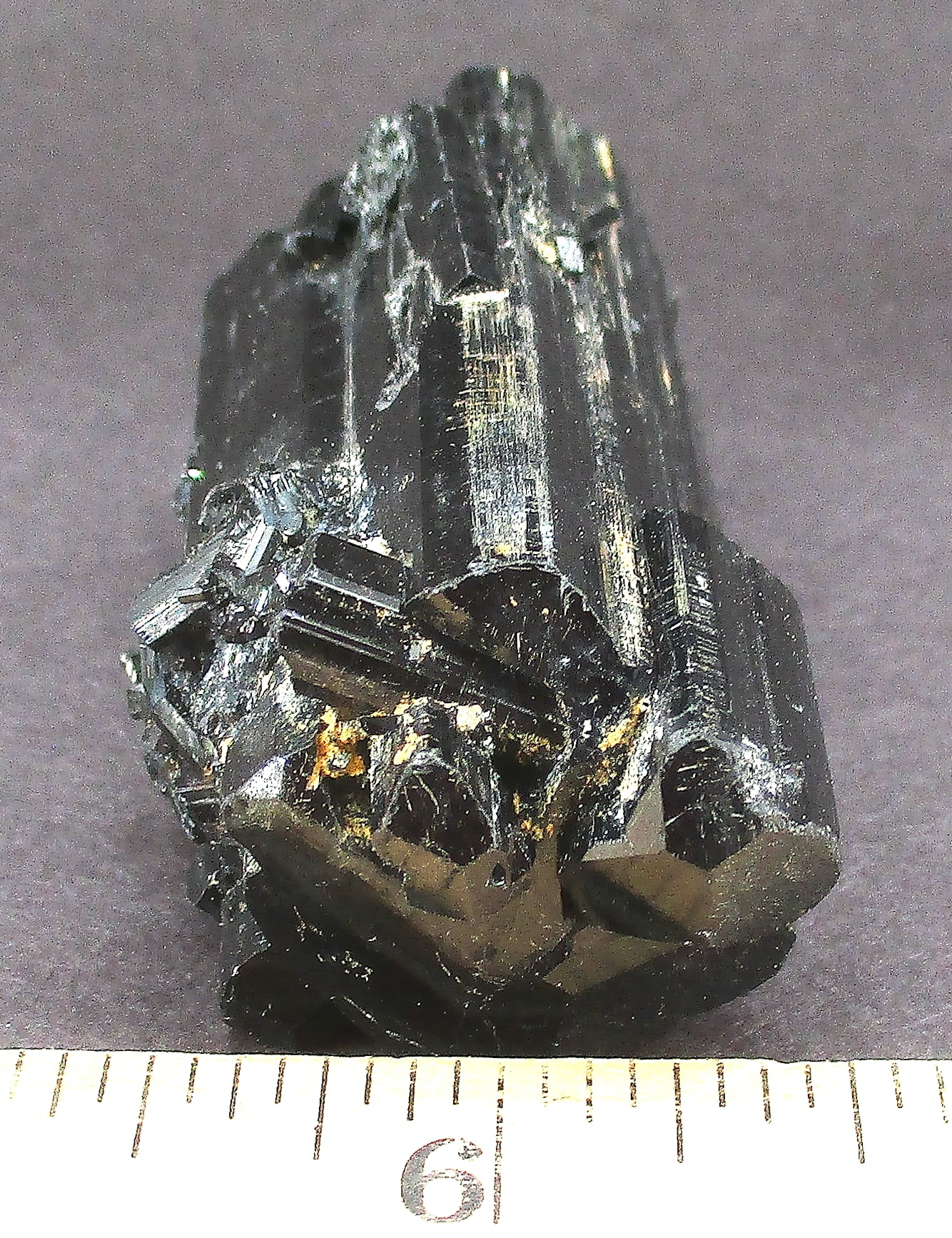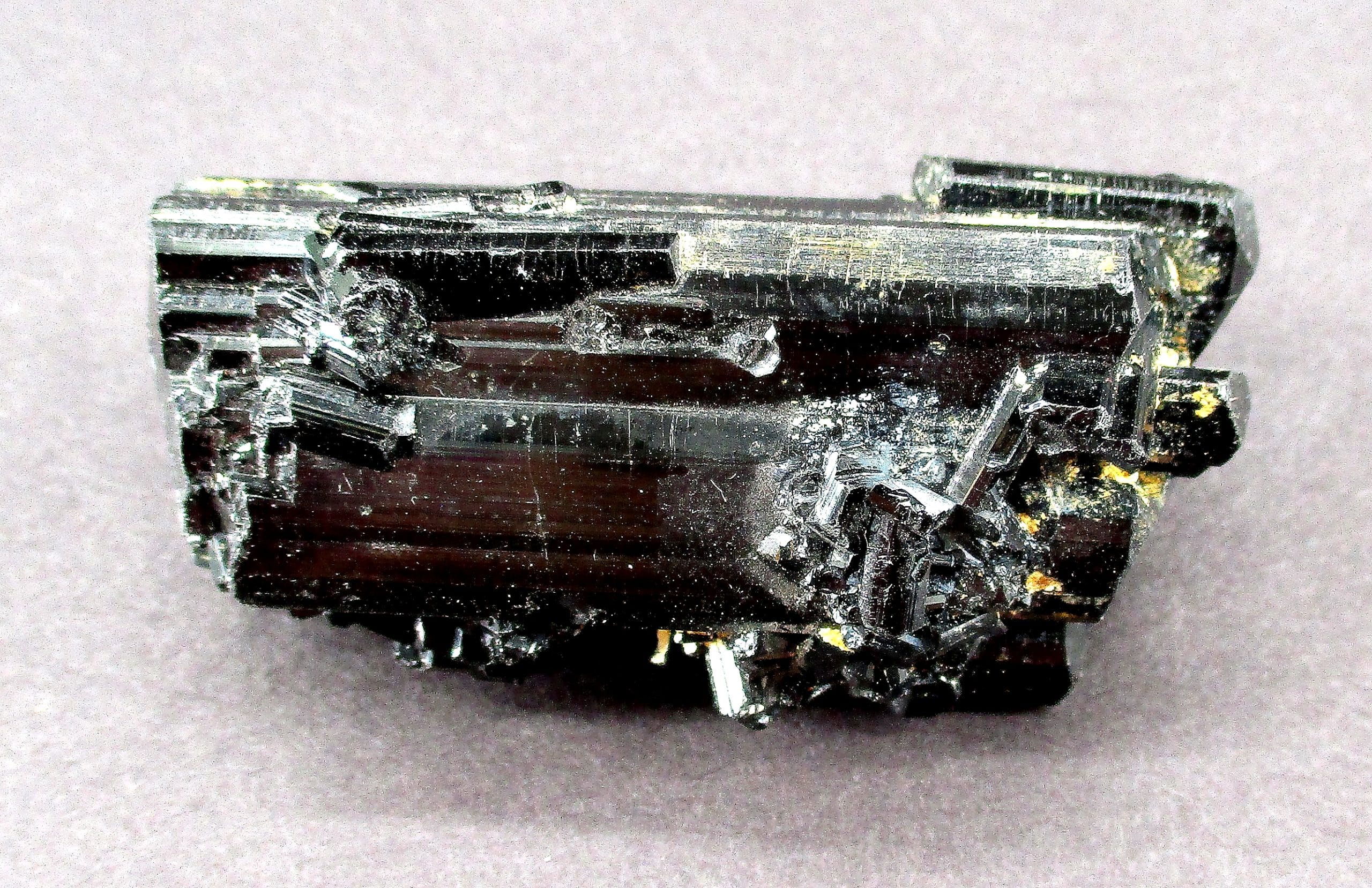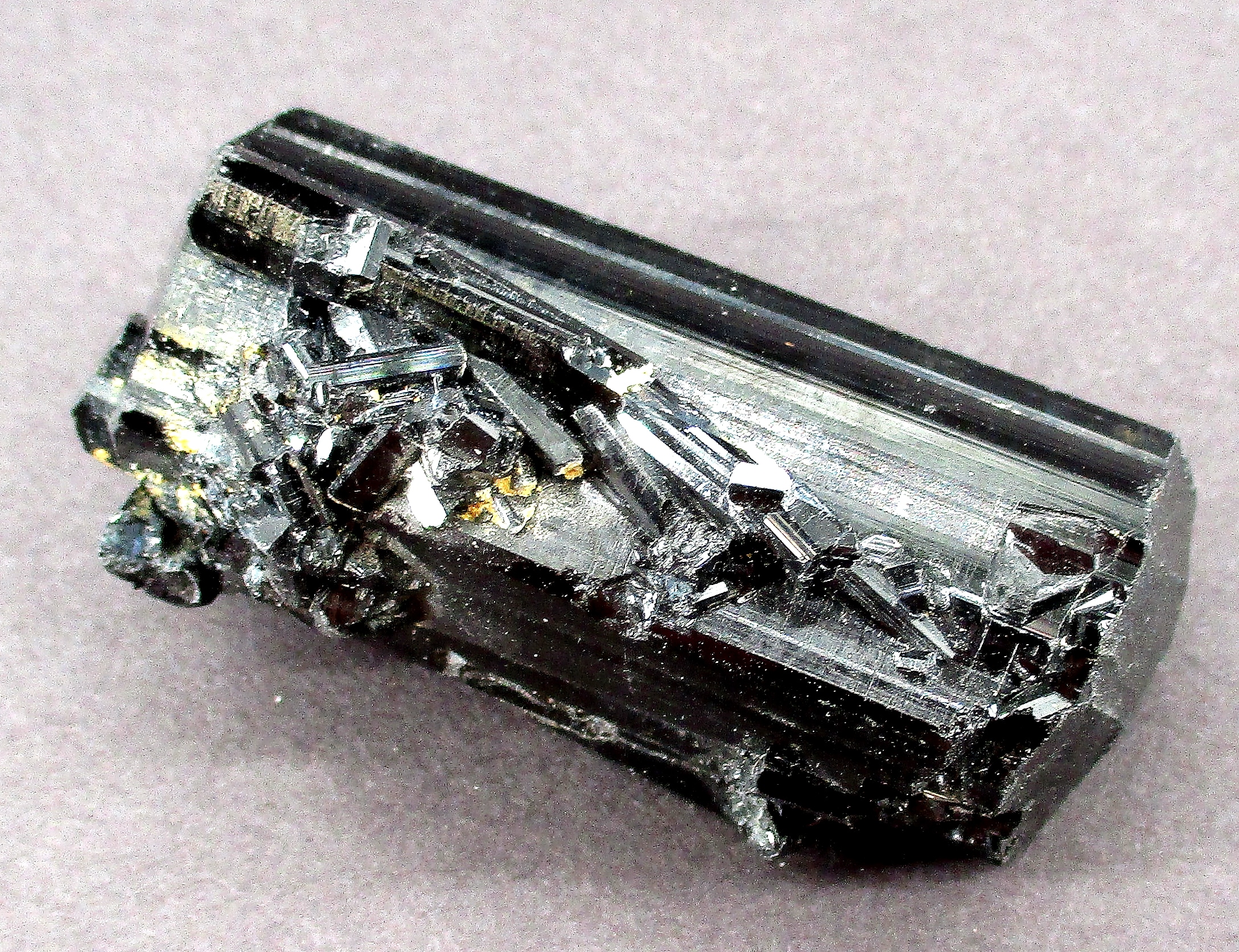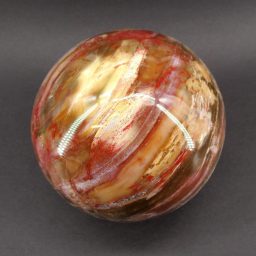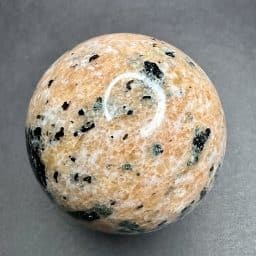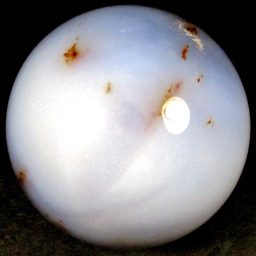Description
Tourmaline is one of the most chemically complicated of all Silicate minerals. It is a complex Silicate of Aluminum and Boron and the composition varies widely with Sodium, Calcium, Iron, Magnesium, Lithium and many other elements that enter into it’s structure. It can occur in a long, slender needle-like crystal to a thick prismatic and columnar crystal to a radial like daisy formation. It comes in many colors usually black and brown (iron rich); brown and yellow (magnesium rich); and blue, red, green, yellow, and pink (lithium rich). This mineral is found in igneous rocks, like Granite Pegmatite, and metamorphic rocks such as Schist and Marble.
Quartz is the second most common mineral in the Earth’s continental crust. It is mainly composed of Silica or Silica based minerals. Although Quartz is known by a variety of names, the most important distinction between types of Quartz is that of macro-crystalline, individual crystals visible to the unaided eye, and micro-crystalline, where aggregates of crystals are only visible under high magnification. There are many forms of Quartz including Chalcedony, Amethyst, Citrine, and Carnelian which are results of mineral impurities or heat treatments.
